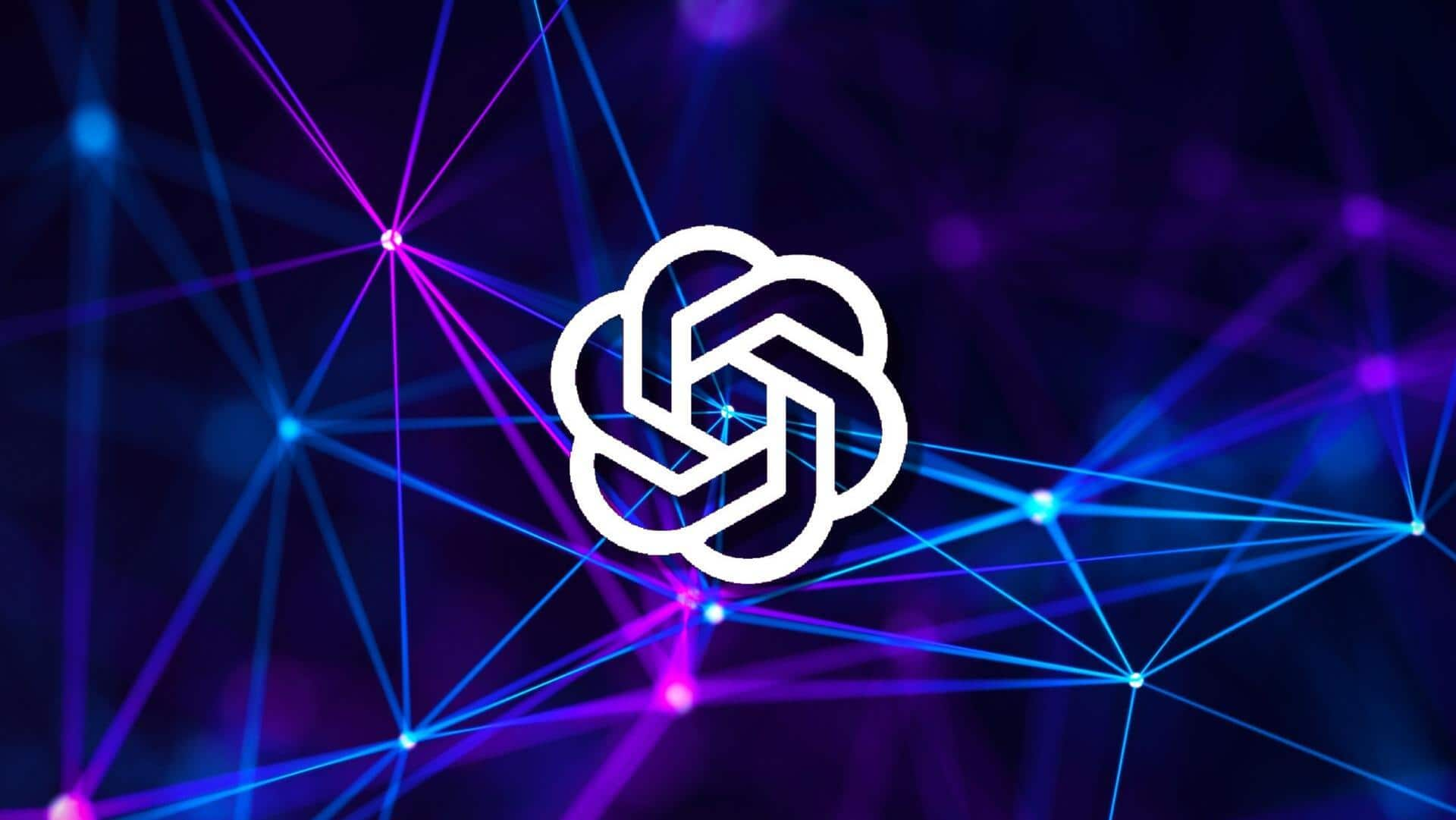
OpenAI's o3 and o4-mini AI reasoning models debut: What's special?
What's the story
OpenAI has unveiled its latest AI reasoning models, the o3 and o4-mini.
The company says the o3 model is its most advanced yet, outperforming previous ones in tests involving math, coding, reasoning, science as well as visual understanding capabilities.
The smaller sibling, the o4-mini, is optimized to strike a balance between cost-effectiveness and speed and performance.
Features
Enhanced functionality of the new models
The o3 and o4-mini models come with the capability of using tools in ChatGPT like web browsing, Python code execution, image processing, and image generation.
Now, these models can generate responses using these tools.
An additional version of o4-mini, dubbed o4-mini-high that takes more time to craft answers for better reliability, is also available for subscribers of OpenAI's Pro, Plus, as well as Team plans.
Competition
OpenAI's strategic move in AI race
The launch of these new models comes as part of OpenAI's strategy to take on tech giants such as Google, Meta, xAI, Anthropic, and DeepSeek.
Although OpenAI was the first to release an AI reasoning model (o1), it faced stiff competition from rivals who quickly developed their own versions matching or surpassing its performance.
Performance
o3 model sets new benchmarks
OpenAI's o3 model has set new benchmarks in performance, achieving state-of-the-art results on platforms like Codeforces, SWE-bench (without building a custom model-specific scaffold), and MMMU. The company claims that this model makes 20% fewer errors than its predecessor, o1 on real-world tasks.
Innovation
The models can 'think with images'
OpenAI's o3 and o4-mini are the company's first models to "think with images."
Meaning, you can upload whiteboard sketches or diagrams from PDFs to ChatGPT, and the models will analyze these images in their "chain-of-thought" phase before answering.
They can even understand blurry as well as low-quality images and have the capability to perform tasks like zooming or rotating images.
Usage
New models offer advanced coding and web searching
Along with image processing capabilities, the o3 and o4-mini can also run and execute Python code directly in your browser through ChatGPT's Canvas feature.
They can even search the web when asked about current events.
These features further enhance the functionality of these new AI reasoning models, making them more versatile for various applications.
Future
Future plans and model availability
All three models — o3, o4-mini, as well as o4-mini-high — shall be available via OpenAI's developer-facing endpoints, the Chat Completions API, and Responses API.
This way, engineers can build applications with the company's models at usage-based rates instead of a flat fee/subscription.
In the coming weeks, OpenAI plans to release a version of o3 (o3-pro), that utilizes more computing resources to produce its answers, exclusively for ChatGPT Pro subscribers.